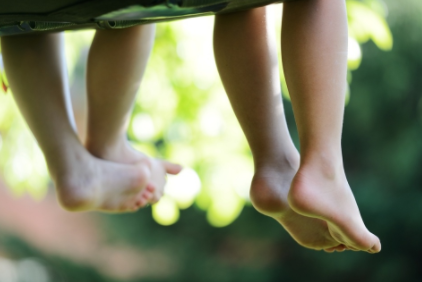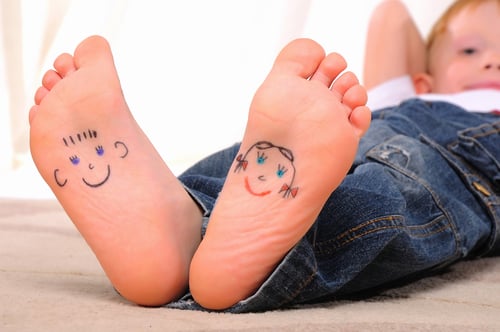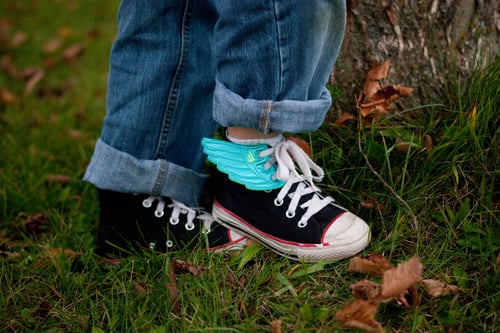
The word wart is not something any parent wants to hear when it pertains to their child. However, warts are not as bad as people tend to think they are, and they are actually fairly common, especially in children. If your child has one or more plantar warts, you will want to have your child treated by a medical professional. Here are a few of the frequently asked questions that you may have about plantar warts and children.
What Are the Signs of Plantar Warts in Children?
Plantar warts are warts that specifically grow on the foot region. They are most commonly found on the heel area or other weight bearing part of the foot, such as the ball of the foot. They can also be found on toes, most commonly on the bottom of big toes. Plantar warts are typically small in size with a rough or grainy texture to them when they grow outward. These warts can vary in color, ranging from white to gray to tan. In some cases, they may have black pinpoints in the center of the wart. There may be a single wart present or there may be a cluster of warts. Lastly, the wart or warts are most commonly found near calluses on the foot.
What Causes Plantar Warts in Children?
Plantar warts are caused when the human papillomavirus, or HPV, enters the body. The part of the body where the virus enters is where the wart will form. The most common way that plantar warts form on children is through blisters or cuts on the bottom of the heel, ball of the foot or toe. Children are often playing outside and they may not have their shoes on, such as at a pool or waterplay. If HPV is present and the child has a skin opening on their foot, plantar warts can form.
How Do You Get Rid of Plantar Warts in Children?
Without treatment, most plantar warts will go away on their own in about a year. However, some warts can be painful and need to be treated or removed. There are different ways to get rid of plantar warts in children. Freezing the wart or using salicylic acid are two of the available treatments on the market, though they do not work for everyone. One of the best treatments on the market today is a medication called Cantharidin. This is a topical treatment that helps to separate the wart from surrounding tissue until it eventually falls off. This treatment generally takes about two weeks, but may take additional time if there is a cluster or warts or your child has a large, stubborn wart.
Plantar warts can be painful or uncomfortable for children. If your child is experiencing pain, if the wart frequently bleeds, if the wart starts to grow or change color, or if you simply want the wart removed from your child's foot, you will want to reach out to a professional for treatment. The team at Sweeney Foot & Ankle can help diagnose plantar warts in children and work to remove them. We will work with you and your child to find the best possible treatment. Contact us today to schedule an appointment.






